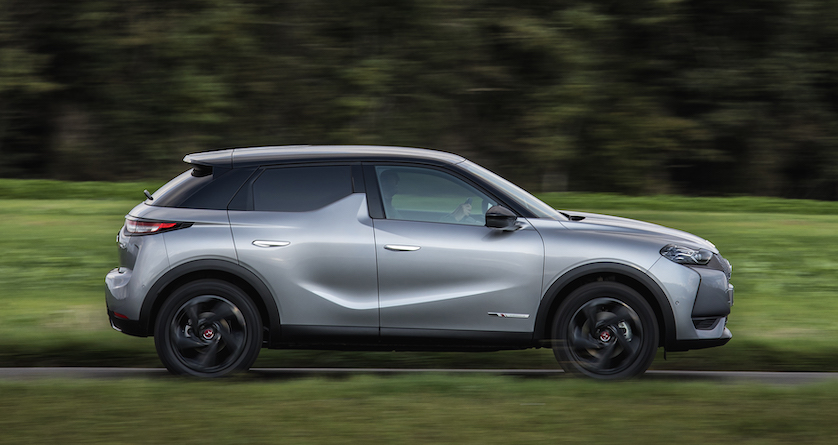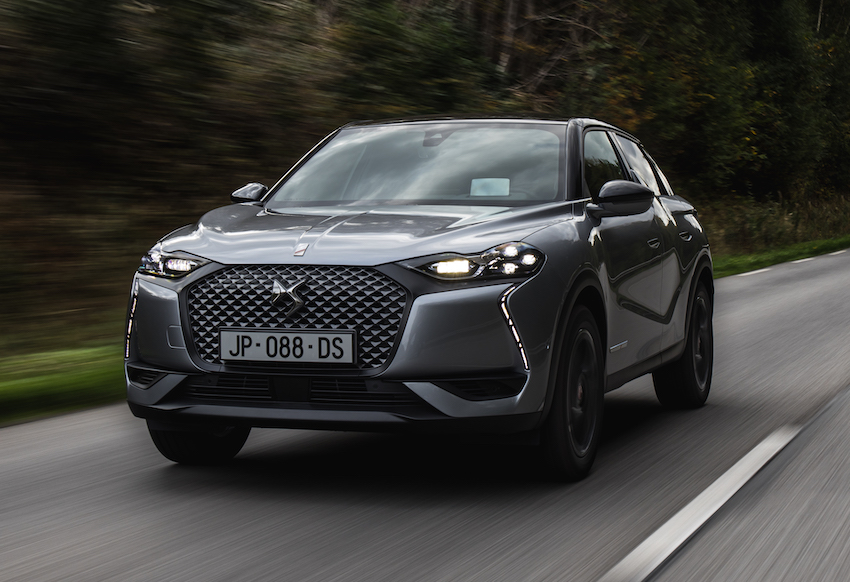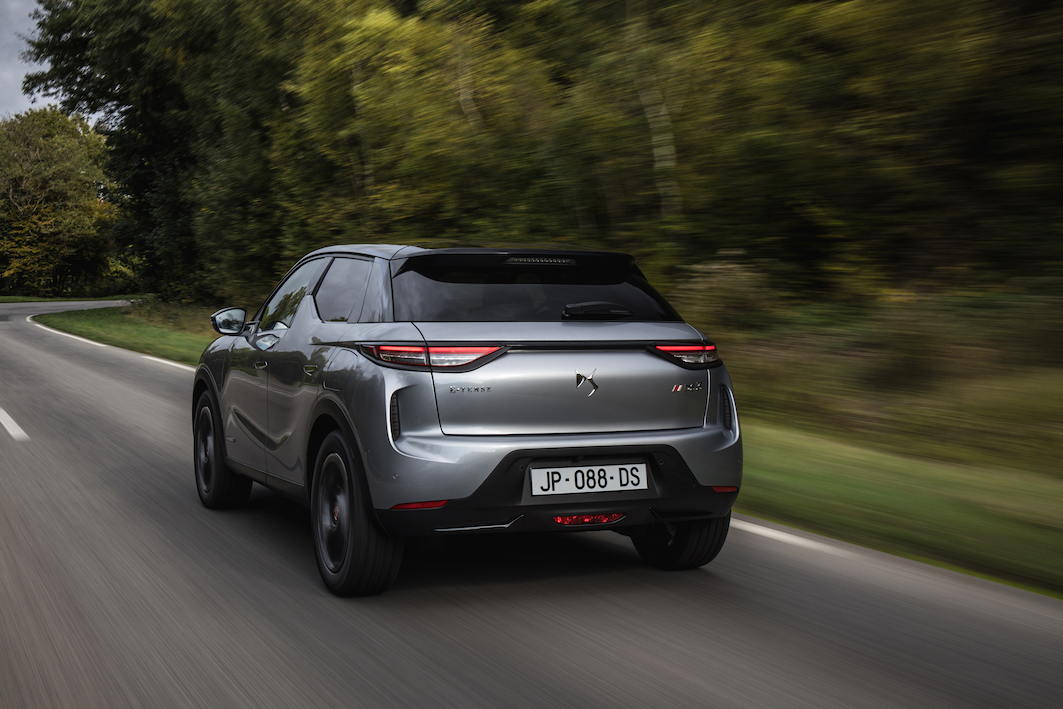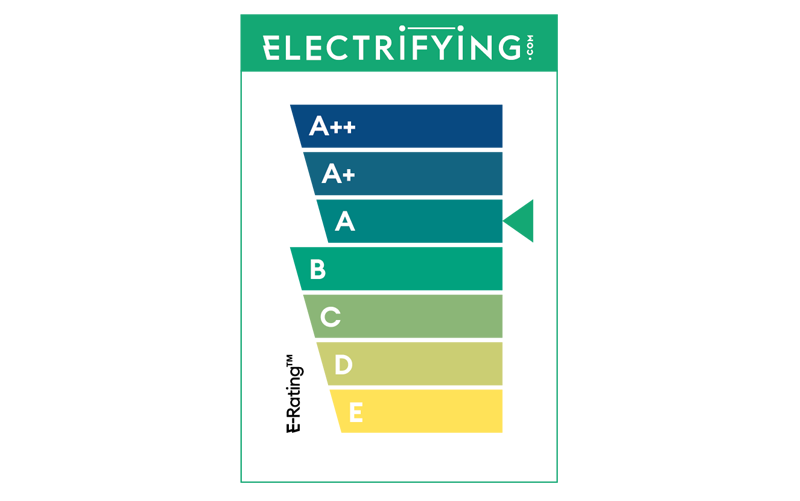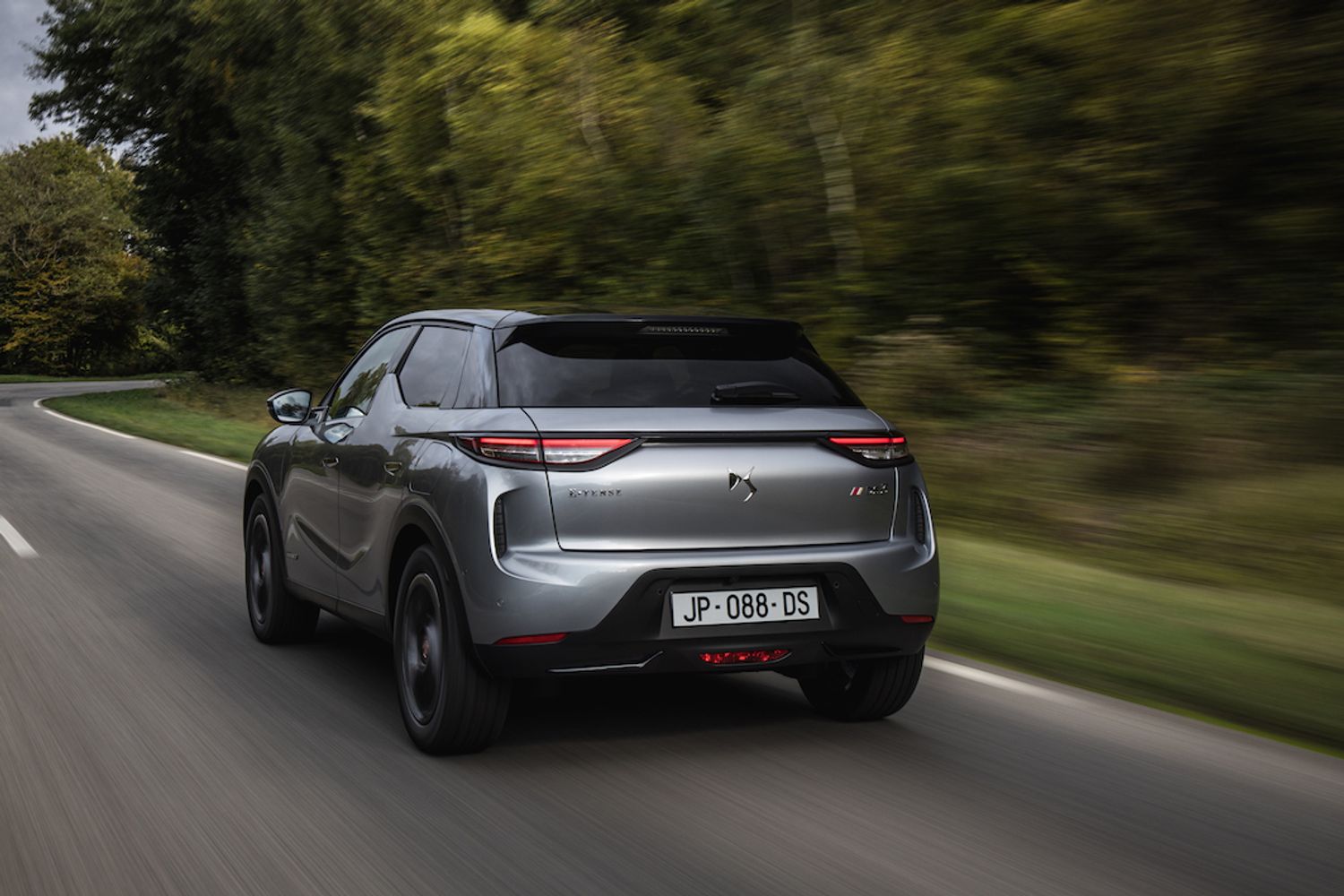Performance
The DS3 is acceptably nippy rather than particularly fast. The on-paper figures reflect this - getting from rest to 62mph take nine seconds. That’s fine for the class but it’s not going to be something you’d show off about at the pub. Also bear in mind that smaller hatchbacks, including the Corsa and 208 which share the same motor and battery, are faster and more efficient as they are carrying less bulk.
Like those cars, the DS also has three driving modes to vary the compromise between performance and efficiency depending on your mood. Select the Sport mode and you get the full 135 bhp, but less range. If you don’t need all the power and want to preserve some battery there’s a ‘Normal’ mode which gives 100bhp and has an emphasis on comfort for everyday driving. To squeeze the last mile out of the battery, there’s ‘Eco’ which cuts the power to 81bhp and extends the range.
Drive
The stand out feature of the electric DS3 Crossback is that it’s incredibly serene. EVs are already quiet of course but the E-Tense really steps up that game and creates a little bubble of calm. There’s faint tyre and wind noise, but on a smooth road, or in the city it’s an absolute joy to be in.
That’s because DS has employed some luxury car tricks to keep everything as hushed as possible, so there’s extra sound-deadening materials in the interior, thicker door panels - again with noise-killing padding - and thicker windscreen glass.
It’s also best driven calmly. This is not a particularly sporty car and the electric E-Tense weighs about a third of a tonne more than a DS3 with an old-school engine. The rear suspension has been toughened up to cope and can be a bit firm when you hit the inevitable potholes.
There’s also brake-regeneration so the motor becomes a generator when you lift off the accelerator pedal, feeding the battery rather than wasting the energy. But even in the strongest ‘B’ mode, it’s not enough to treat it as a full-on one pedal car like you can in some other small EVs.











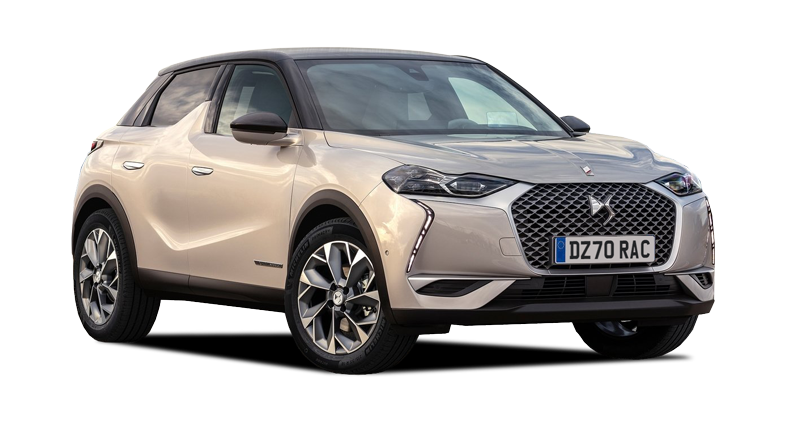
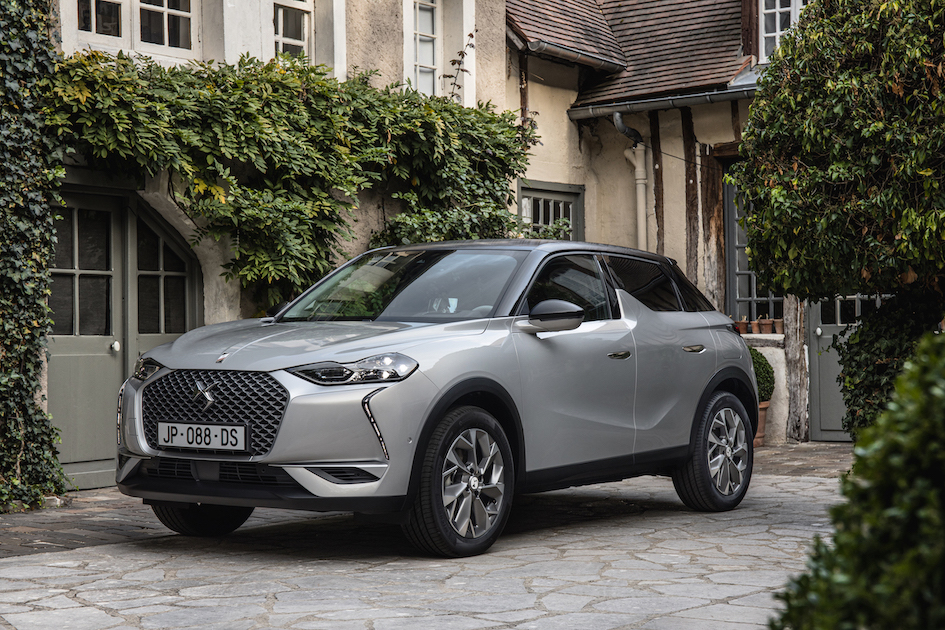.jpg)
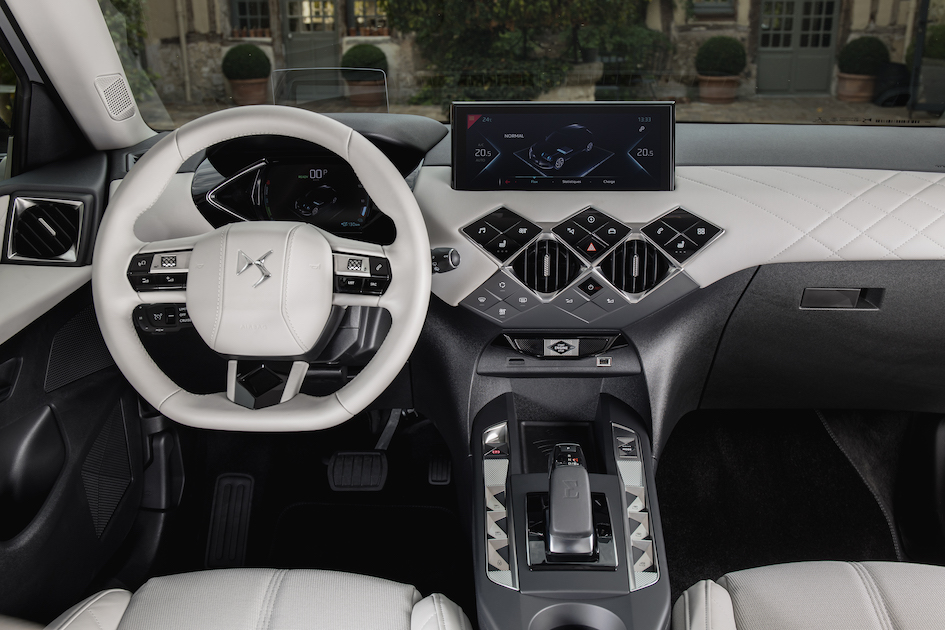.jpg)
